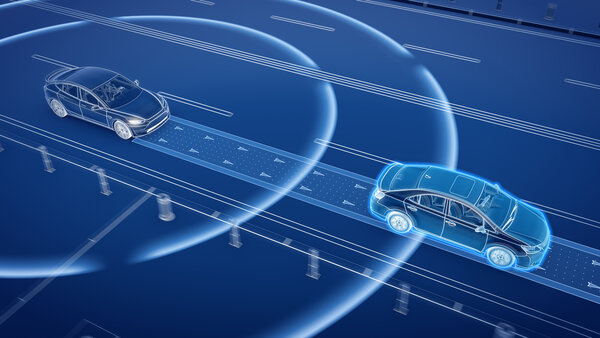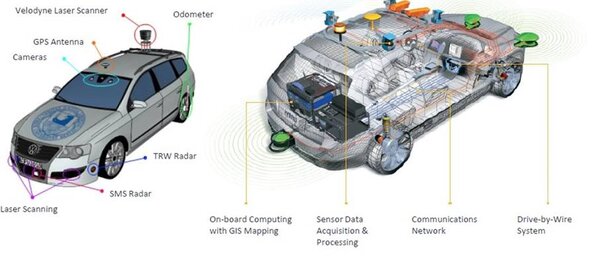
When you get a bunch of car experts in a virtual room to talk about shaping the future of mobility and automated vehicles, fascinating things happen!

Last week, I had the pleasure of chairing two very insightful panel-type sessions on Enabling Technologies at the Automated Vehicles Symposium 2020 (AVS2020). Our expert panelists from leading companies discussed the latest technology challenges on ongoing Autonomous Vehicles (AV) pilot projects as well as the upcoming technology requirements for next generation larger commercial deployments.

Communications, system integration, sensors, cameras, positioning, high power compute and AI accelerators were just some of the interesting topics addressed by our presenters however, our key findings and lessons learned really set the tone for what’s to come in the near future!
We’ve compiled a breakdown of the key takeaways, that you will find most compelling.
- Covid 19 related Financial Constraints induce partial shift of incumbents’ resources from Level 4 to Level 2
- C-V2X potential products set to come out soon to the AV industry - Smart AI based RSUs (roadside units) and Combined C-V2X RSU and 4G/5G small cell
- SAE standards staff are leading a project to advance and accelerate the development of Cooperative Driving Automation (CDA) standards for automated vehicles
- Going beyond the traditional AD Domain and recognizing interconnectivity (First Responders behavior)
- Bricks for future situation awareness include connectivity, AI, high res radars, novel LiDAR technology and new types of cameras
- High Resolution “Imaging Radar” detection enables improved detection and a 300m+ range for safe maneuvering and stopping from higher vehicle speeds
- Intelligent intersections (with short and long range radars) from the vehicle to the infrastructure reduce fatalities
- Solid state LiDAR CMOS based enables lowest cost and highest availability
- Policymakers should focus more attention on ways that infrastructure can support Level 2 ADAS today as an essential step to achieve Level 4 tomorrow
- The complexity and lack of uniformity in the U.S. traffic engineering system, when compared to other nations should be addressed to seek greater uniformity (U.S. MUTCD 845 pages, Japanese equivalent 37 pages)
- A centralized, software defined AI system architecture is the foundation of the next generation transportation
- Data center connectivity concepts and approaches keep getting transferred and being modified to automotive-grade to be able to handle the continuously enormous amounts of data generated by sensors
The event concluded with several realizations and outcomes. Firstly, to make Level 3 systems safer, development efforts will have to focus on predictability, which will also lead to more comfort while driving. Concerning the system and driver interface, actuators will have to be more precise and accurate going forward.
Another important point was improving advanced active safety for LiDARs (active free space measurement, detect objects in shadows and all lighting conditions, precise distance and instantaneous velocity measurement).
Additionally, 50-Car Fleet Driving 6 Hours a day, generates 1.6PB each day. To increase efficiencies and safety, there is a need to drive billions of miles in VR.
A big thank you goes out to all of the presenters that contributed to this invaluable discussion. I have been in the business for many years, and I am walking away with new insights that I could not have possibly obtained without your expertise.

{{comment.comment}}